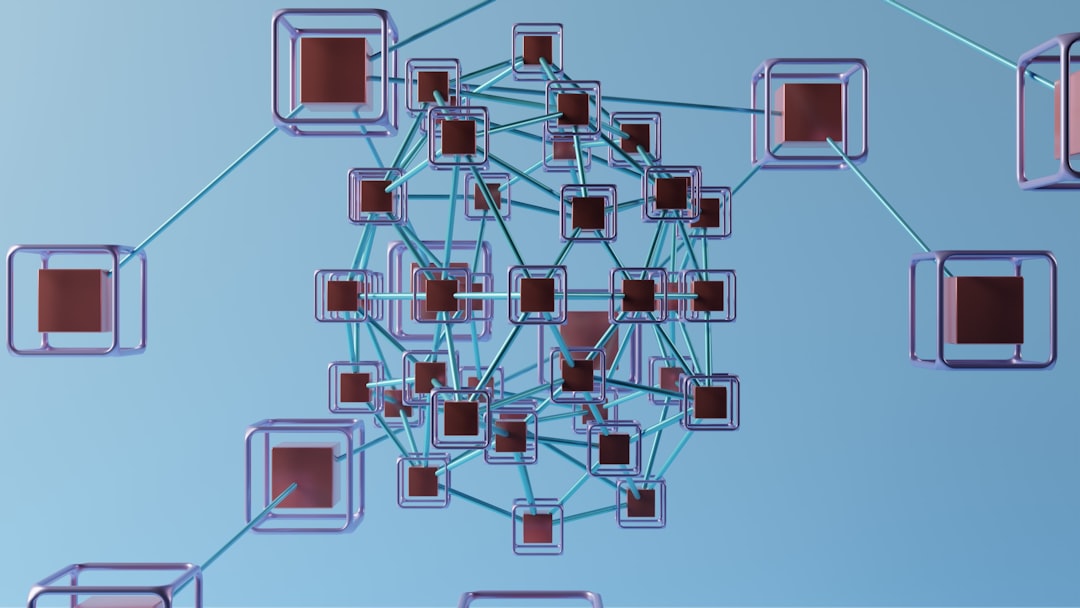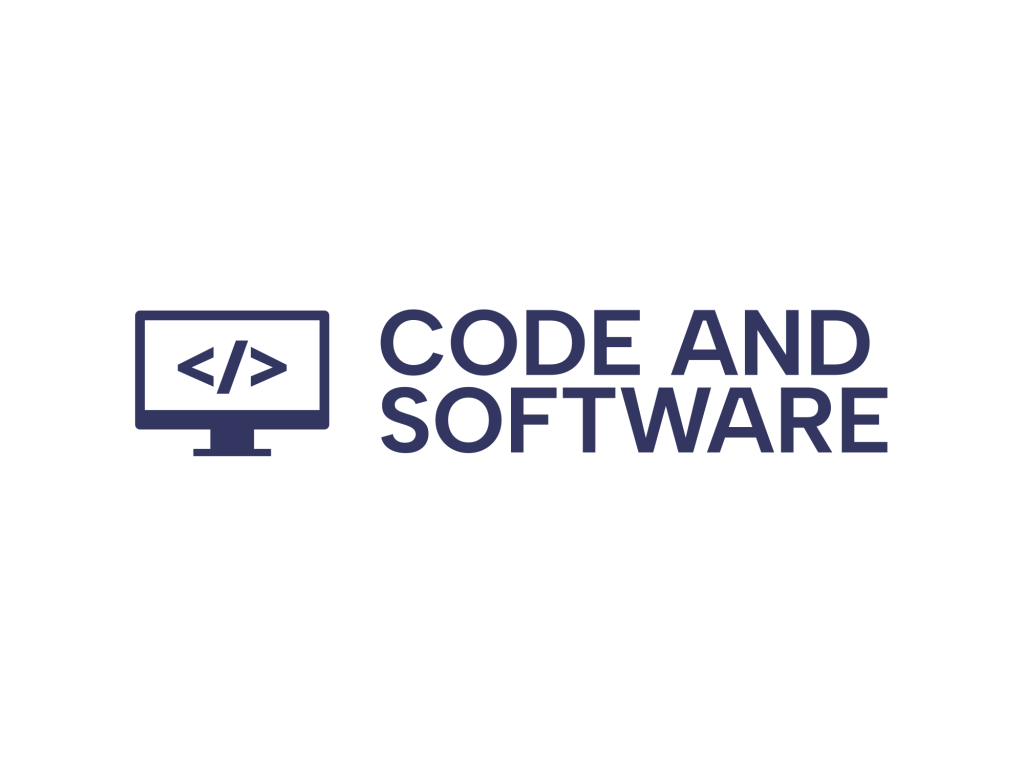As artificial intelligence continues to evolve, workplaces in 2025 are finding more innovative and efficient ways to leverage AI tools. Whether it’s automating repetitive tasks, enhancing decision-making, or improving customer service, AI is rapidly becoming an integral part of daily workflows. For professionals and businesses alike, understanding how to properly use AI at work not only boosts productivity but also keeps organizations competitive.
Integrating AI into Daily Operations
AI integration doesn’t have to be disruptive or overly complex. In fact, most companies are starting with enhancements to the tools they already use. Popular office suites, project management software, and collaboration platforms now include AI-powered features embedded directly into their systems.
- Email Management: Tools like Microsoft Outlook and Gmail now include AI that prioritizes important messages and suggests quick replies to save time.
- Meeting Assistance: AI-powered assistants can transcribe meeting notes, generate summaries, and even suggest action items.
- Document Creation: AI writing tools can assist in drafting reports, presentations, and even coding tasks, helping employees focus on higher-value responsibilities.

Improving Decision-Making with AI
Data-driven decisions have always been a corporate goal, but with AI, organizations can now analyze large volumes of data in real-time. This capability is transforming how corporations develop strategies, forecast trends, and allocate resources.
AI-powered analytics tools can help teams:
- Identify patterns and trends that may not be visible to human analysts.
- Optimize marketing campaigns based on user behavior and predictive outcomes.
- Improve financial planning by analyzing market conditions and operational data.
Enhancing Collaboration and Communication
Remote and hybrid work is still widespread in 2025, making efficient communication more critical than ever. AI comes into play by supporting asynchronous collaboration and reducing misunderstandings among distributed teams.
- Real-Time Translation: AI tools can now translate conversations and emails seamlessly, bridging language gaps in global organizations.
- Meeting Optimization: AI can recommend the best meeting times based on participants’ schedules and send automatic reminders.

Automation of Routine Tasks
One of the most productive uses of AI is in automating repetitive, low-level tasks. Whether it’s scheduling meetings, sorting emails, or processing invoices, AI can handle these efficiently and with minimal errors.
Popular tools that assist with automation include:
- Zapier: Connects different apps and automates workflows without coding.
- Chatbots: Handle customer service inquiries 24/7 using natural language processing (NLP).
- Robotic Process Automation (RPA): Automates complex business processes in finance, HR, and supply chain management.
Ethical Considerations and Training
While using AI offers many advantages, organizations must also consider the ethical implications. Ensuring data privacy, avoiding algorithmic bias, and fostering transparency are key elements of a responsible AI policy.
Moreover, companies should invest in training their employees to use AI tools effectively. Understanding the limitations of AI and knowing when to seek human input results in better outcomes and trust in the technology.
FAQ: How to Use AI at Work
- Q: Can AI replace human workers?
- A: AI is more effective as a support tool rather than a replacement. It takes over repetitive tasks, allowing humans to focus on creativity and complex decision-making.
- Q: Is AI difficult to implement in a small business?
- A: Not at all. Many AI features are embedded in existing tools like Google Workspace and Microsoft 365, making adoption simple and cost-effective for small businesses.
- Q: How can employees make sure they are using AI ethically?
- A: By following company policies on data usage, remaining transparent about AI-generated content, and always verifying outputs before acting on them.
- Q: What skills are needed to work with AI tools?
- A: Basic digital literacy is often enough, though understanding data analysis, prompt engineering, and critical thinking can greatly enhance results when using AI.
- Q: Will using AI increase or decrease workload?
- A: When used correctly, AI reduces workload by automating repetitive tasks and improving efficiency, ultimately freeing up time for strategic work.


Leave a Reply